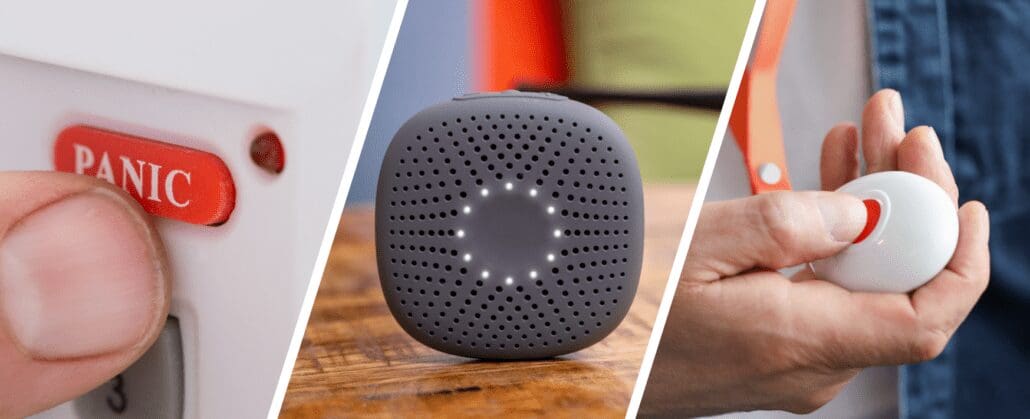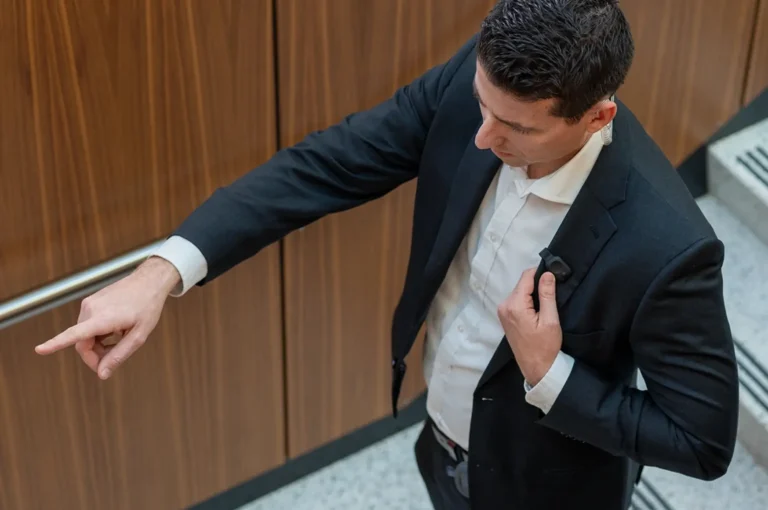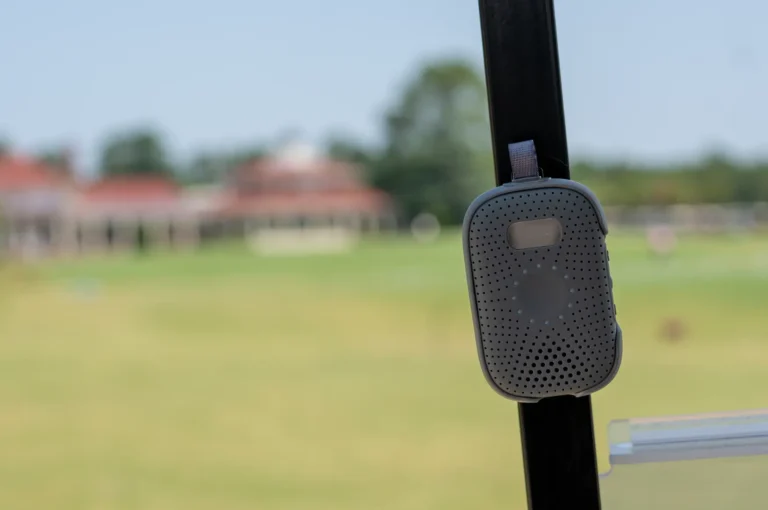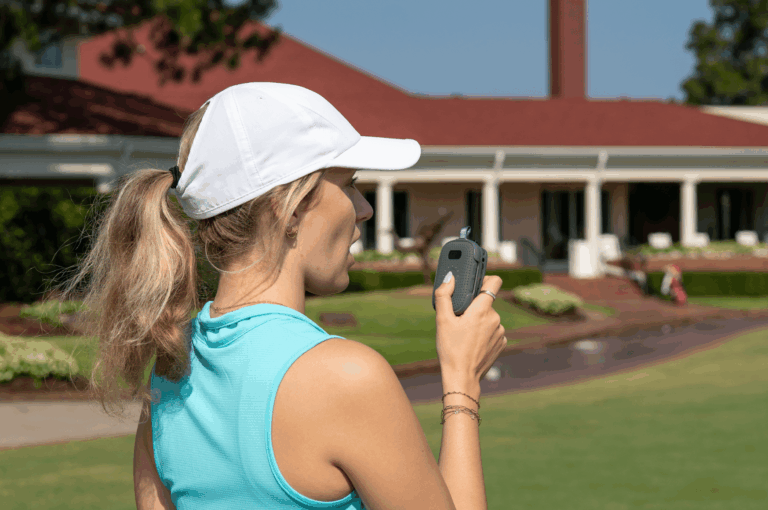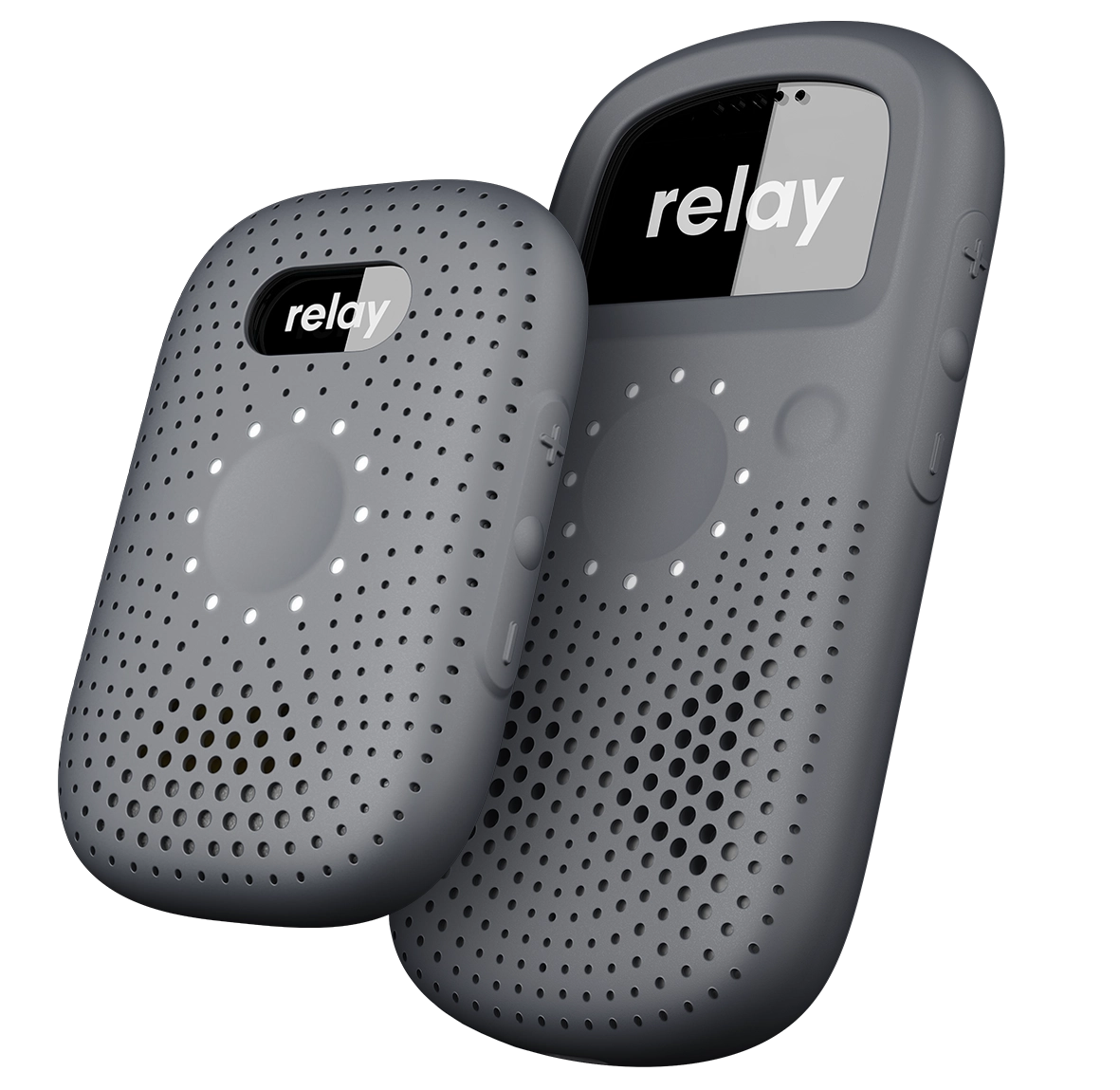Though more states are introducing panic button laws and mandates, the rules on panic buttons aren’t always clear. And since the safety legislation can vary by city, state or brand, the employee requirements on providing associate alert devices to remote workers can sometimes feel confusing. We’ll try to help clear things up.
Hotel Panic Button 101
A hotel panic button is a wearable emergency button used most often by housekeeping staff. This safety device is operated with a single push of a button. In case of an emergency, a staffer can trigger the device which alerts security or team supervisors. Since most panic buttons operate on an interconnected system via Bluetooth, cellular networks, or wifi, employees are able to communicate in real time while their location data is immediately shared.
A hotel panic button is also known as Associate Alert Device, Employee Safety Device (ESD), Employee Safety Solution, Lone Worker Safety Technology, or a Wearable Emergency Button for Housekeeping. The device names reflect their use as emergency safety technology meant to protect employees who often work in isolation as part of their job requirements. These workers often include housekeeping staffers potentially exposed to verbal or physical harassment.
Hotel Panic Buttons vs. Consumer Safety Devices
Before we get to the nitty gritty of operating your panic button, it’s important to understand what a hotel panic button is not.
A hotel panic button does not rely on noise to alert of potential danger and is not a high-pitched alarm available to consumers. Hotel panic buttons use technology that’s industry specific. While many consumers carry around what’s known in the industry as a noisemaker or screamer, they aren’t effective deterrents in the hospitality business. In fact, these noisy gadgets are proven to be detrimental or distracting in an emergency, and could even potentially intensify an already dangerous situation.
Hotel panic buttons are discrete in both size and usage. They have a small footprint and while visible when worn, aren’t heavy or uncomfortable. In the case of an emergency, a button is pushed on a hotel panic button that silently alerts others to distress. Unlike noise only alarm systems, there’s no loud beeping sounds to scare off nearby guests.
How Do Hotel Panic Buttons Work?
First off, a hotel panic button doesn’t work on its own out of the box. The panic button must be configured properly to a unified hardware and software system to provide alerts or real-time aid to workers in potential distress.
The best hotel panic buttons operate on a network of Bluetooth Low Energy (BLE) Beacons. These may be placed discreetly throughout your property including in unobtrusive spots in guest rooms or supply closets. Each beacon is named and registered to best keep track of employee location in case of an emergency. Once these beacons are installed (without any additional wiring or drilling needed) they work with panic buttons to detect signals and location.
When remote workers go about their work day, their panic buttons communicate with each beacon if needed. In case of an emergency, the staffer would press the button on their associate alert device. An immediate location would be logged by the beacon already in place. If the staffer feels it’s necessary to run to safety, the beacons passed along the way will keep logging their location until help arrives.
Your staff may leave your hotel for a different job that offers better tech and safety.
What is the Dispatch Center
If a panic button is deployed, the information sent must be delivered to the software management program AKA Dispatch Center. Think of this as the central command system which keeps track of everything from emergency situations and employee location, to critical details like battery life or device assignment.
By empowering your staffers with a system that keeps them safe and keeps track of them when they might otherwise feel vulnerable, you also keep your entire property safer.
It’s important to train staff to help them understand not only how to use their panic buttons, but also to reassure them their safety is your priority. It’s also critical to let your housekeeping and remote staff know that you are choosing to keep them safer. You may not even be required yet by law to have this type of system in place, but others are, and your staff may leave your hotel for a different job that offers better tech and safety.
A Day in the Life of a Hotel Panic Button
- Employees are either given a panic button that is theirs to use, or are assigned a panic button each day as they check in for their shift.
- Employees have their wearable panic button on them throughout the day and while on their shift.
- In case of an emergency, they push the button on their device. Their location is immediately shared to the dispatch center and any other configured locations. This might include texting their supervisor or informing law enforcement.
- If the remote staffer moves through the hotel toward safer conditions, BLE beacons placed throughout the property will update the command center of their current location until help arrives.
- At the end of their shift, staffers return their panic button to the drop-off location.
Do All Hotels Follow the Same Panic Button Protocol?
In a word, no. There are different laws that vary widely. To take it a step further, some hotel brands are not even required by law yet to implement a panic button rule, but are proactive in doing so. Some brands require all properties to have panic devices but allow the individual locations to choose from a list of vetted vendors. Some may allow the choice of a device, but require the same provider.
Before choosing your panic button solution, you need to find out if you are under brand or state requirements. Relay can assist you with determining and abiding by these requirements. Also notable, every property already will have safety protocols in place. When setting up your system, it’s critical to create an organic emergency system that protects staffers without disrupting guest activities.
Why You Need to Prioritize Hotel Panic Buttons
There are two main reasons to ensure staffers are well taken care of. With a global staffing shortage and the regular turnover in the hospitality industry, it’s critical to create as many incentives for staffers to stay with your hotel. That includes following all state laws and mandates for panic buttons. And even if your state or city doesn’t as yet require associate alert devices, you may choose to use them to remind staffers that their safety is your priority. And since hotels are all about hospitality, a safer and happier staff means guests who feel safer as well. By better protecting staffers you’re also creating an environment where staffers can better care for guests.
Still don’t know where to start?
The Relay team can walk you through the details of any relevant brand or state requirements and will work with you to create a plan based on your team’s specific needs.
